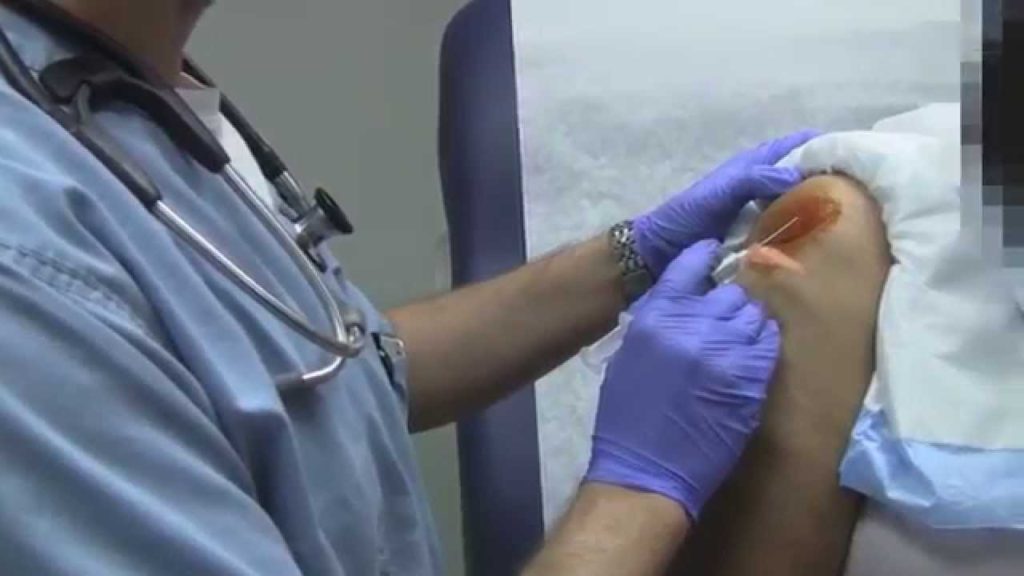Bursitis is inflammation and swelling of a bursa. A bursa is a fluid-filled sac which forms under the skin, usually over the joints, and acts as a cushion between the tendons and bones.
The main symptoms of bursitis are pain, swelling and tenderness in the affected area.
Any bursa can become inflamed, but bursitis most commonly occurs in the:
shoulder
elbow
knee (known as housemaid’s knee)
hip
Other areas affected can include the ankle, foot and Achilles tendon (the large tendon that attaches the heel bone to the calf muscle).
What causes bursitis?
A bursa can become inflamed through injury or repetitive movement.
Your risk of developing bursitis is increased if you regularly take part in physical activities that involve a lot of repetitive movement, for example running (bursitis in the ankle) or playing darts (bursitis in the elbow).
People who spend a lot of time kneeling, such as carpet fitters and gardeners, also have an increased risk of developing bursitis in their knee.
Less commonly, bursitis can develop as a result of an infection or as a complication of certain conditions, such as gout or rheumatoid arthritis.
Read more about the causes of bursitis.
Treating bursitis
Most cases of bursitis can be treated at home. Resting the affected area, using an ice pack (a frozen bag of vegetables wrapped in a tea towel works well) to reduce inflammation, and taking painkillers such as aspirin, paracetamol and ibuprofenwill help relieve your symptoms and speed up your recovery.
The pain usually improves within a few weeks, but the swelling may take longer to completely disappear.
See your GP if your symptoms do not improve after two weeks.
Read more about treating bursitis.
Preventing bursitis
Taking precautions, such as wearing knee pads when kneeling and warming up properly before exercise, may help reduce your risk of getting bursitis.
Read more about preventing bursitis.
